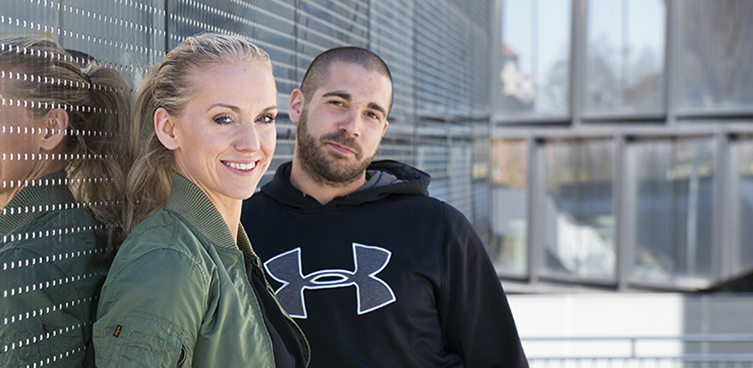Summary: Application to Higher Education Autumn Semester 2017
This is a summary in English of the report ’Application to Higher Education Autumn Semester 2017’.

Autumn semester 2017 : Fewer applicants but more admissions
The total number of applicants for autumn 2017 reduced by 2.2 per cent compared to the previous year. By the application deadline, over 368,000 people had applied; including late applications, by the second selection there were over 407,000 applicants.
The number of admissions in the first selection was a half percentage point higher than the previous year. In the first selection, over 269,000 applicants were offered a place. Slightly fewer than 238,000 were admitted in the second selection.
Reasons for these changes include the good situation on the labour market and higher education institutions admitting many more applicants than they have places; this is because they know from experience that a proportion of applicants will decline the place they are offered.
Long-term comparison of autumn semester admissions: three of five applicants are female and the courses and programmes offered are changing
The total number of applicants increased until autumn 2014, after which the number of applicants has decreased from year to year. Women have comprised over 60 per cent of applicants, with men just under 40 per cent, for the past ten years. The percentage of men has decreased somewhat for the last three years.
The number of courses and programmes on offer has reduced over time, but primarily courses.
Most competition for first-cycle programmes
There is great competition for places on some courses and programmes – qualified applicants are placed on a waiting list – while others can admit all qualified applicants. Most courses and programmes have no competition – for autumn 2017, around 19 per cent of more than 19,000 courses and programmes had competition for places. Competition is more common for programmes than for courses, and most common for first-cycle programmes. On the first cycle, 51 per cent of the programmes had a waiting list after the second selection.
Many of the courses and programmes with competition have a high number of applicants per place. From an applicant’s perspective, competition is tough–67 per cent of applicants are competing for their first choice. Competition for first-cycle programmes is the toughest; 89 per cent of first choice applicants for first-cycle programmes have applied for programmes where there is a waiting list after the second selection.
International applications continue to increase
The international admissions rounds for international master programmes (MASTER) and international courses and programmes (IK) had more applicants and admissions. The number of admissions on international master programmes for autumn 2017 was 10,631, compared to 8,097 the previous year. The group that has increased most is fee-paying applicants.
Greater proportion of young people admitted autumn 2017
From autumn 2014 to spring 2017, applicants from the new upper-secondary school (Gy-11) who received an upper-secondary qualification competed in their own selection group, BIex, in addition to the normal selection groups. Autumn semester 2017 was thus the first admissions round with no BIex. Applicants with an upper-secondary qualification are now competing in the same selection groups as applicants with older final school grades.
Compared to autumn 2016, a somewhat greater proportion of 19-year-olds, i.e. those who would normally just have left upper-secondary school, have been admitted for the autumn semester of 2017. The phasing out of BIex has thus not negatively affected young people’s chances of admission.
Changed assessment of foreign qualifications
The recalculation of some foreign final school grades was changed prior to the autumn semester of 2017. This was to adapt recalculations to the grading scale used in the new Swedish upper-secondary school (GY-11). Comparing the autumn semester of 2017 to the previous year showed that the proportion of people admitted with final school grades from Finland and Russia had declined. Deeper analysis of the changed assessment